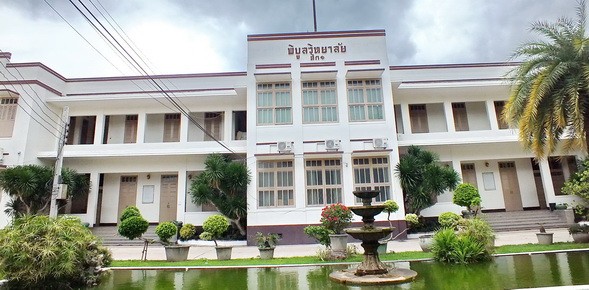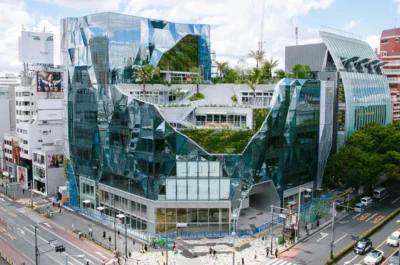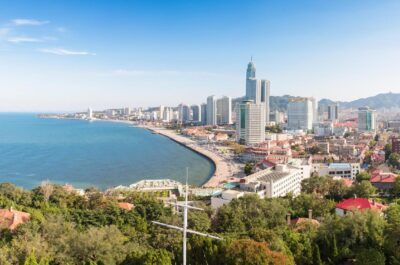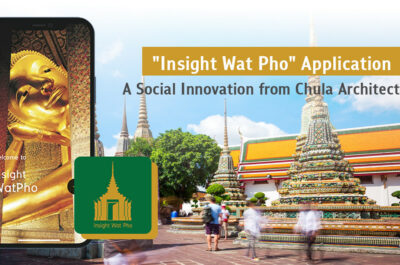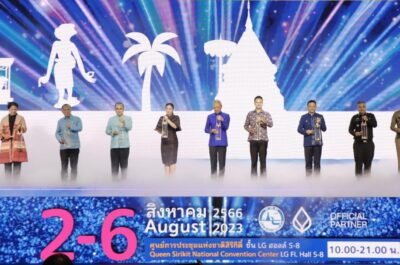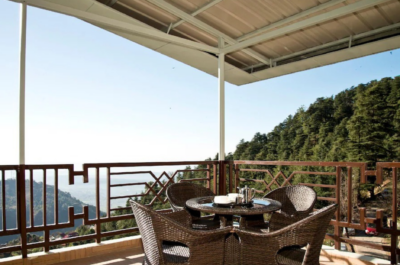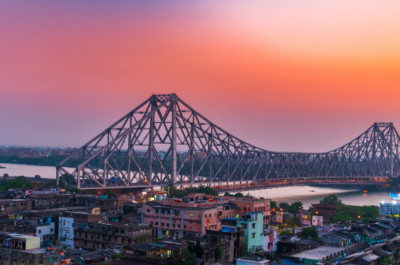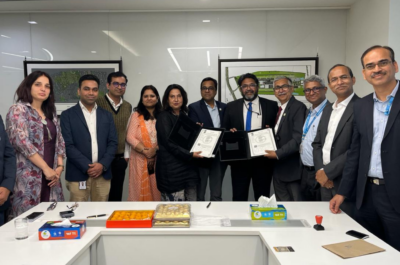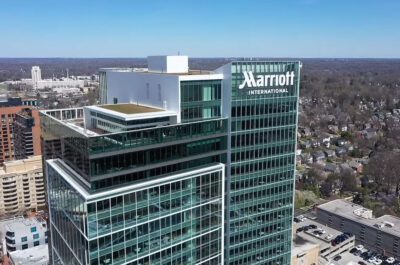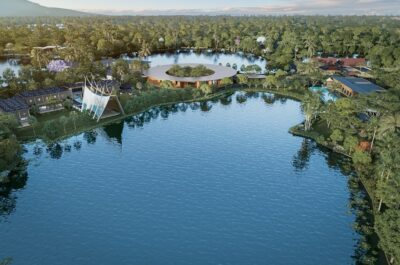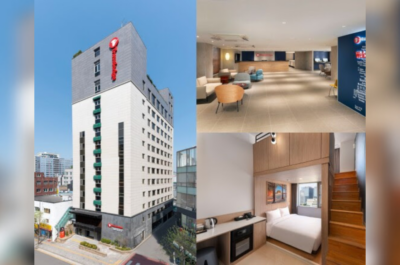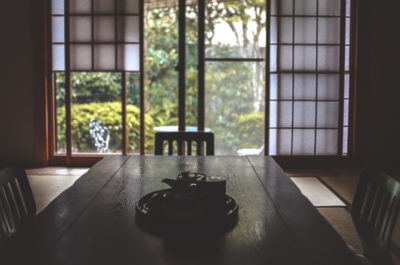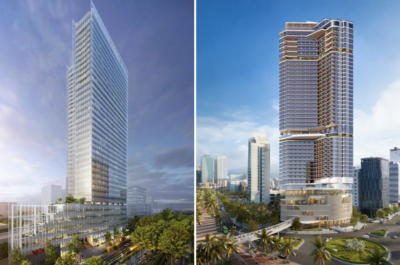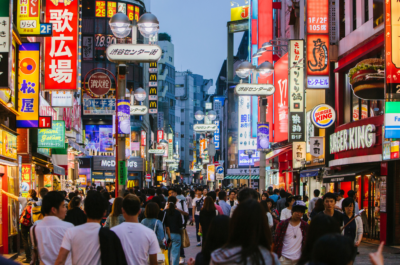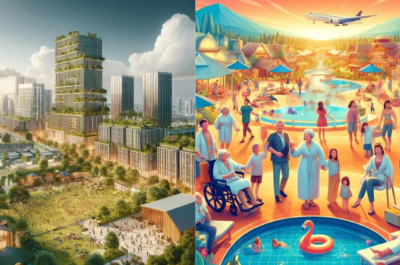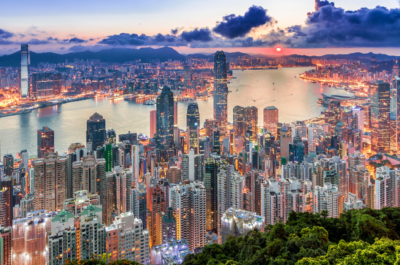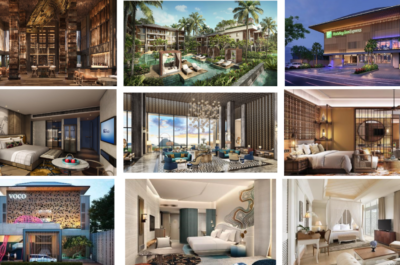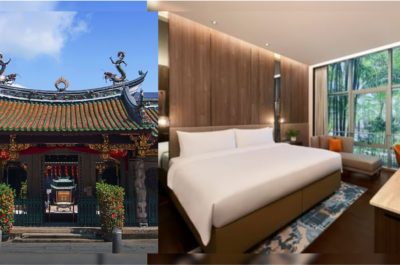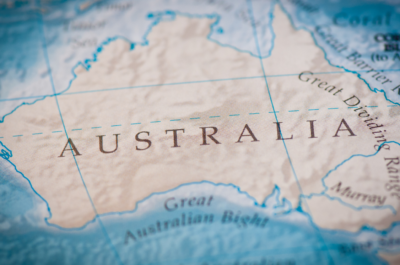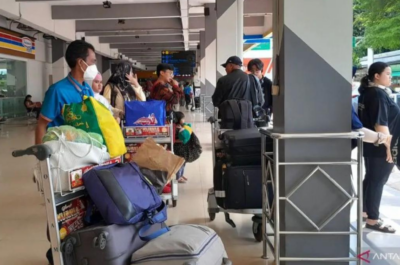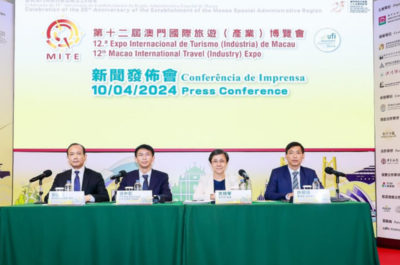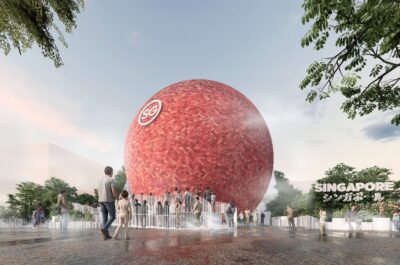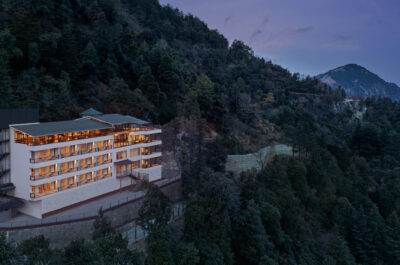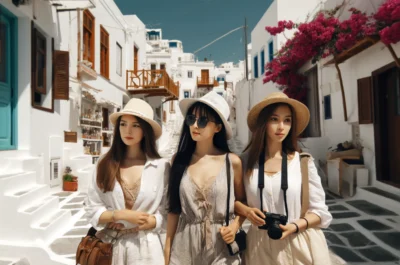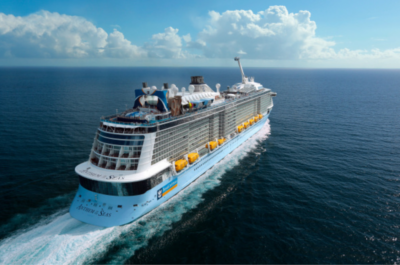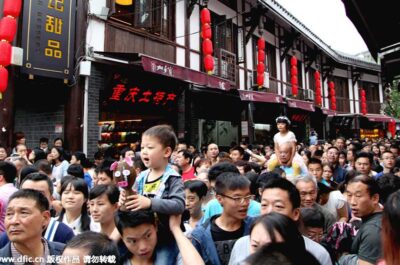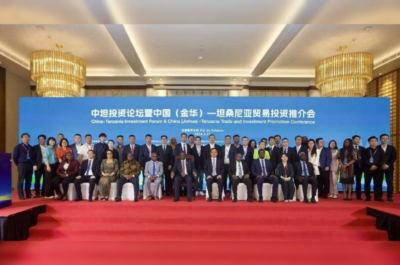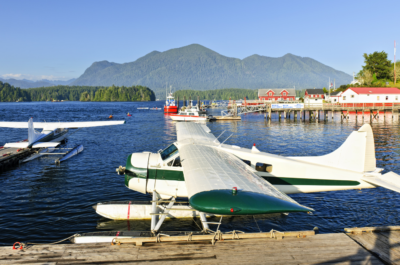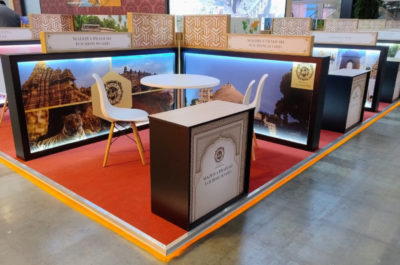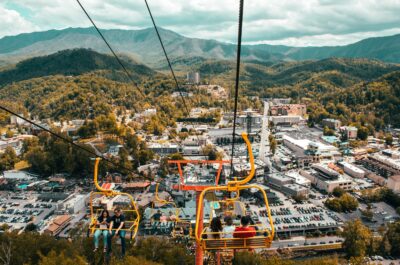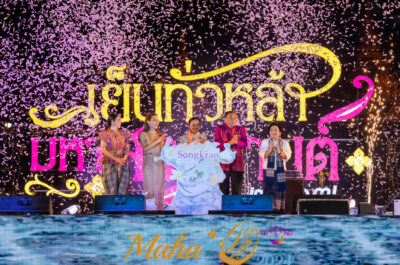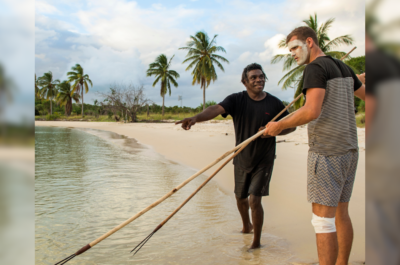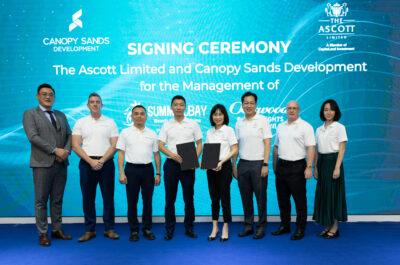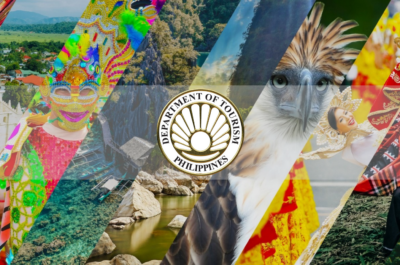Lopburi is well known for its very old temples influenced by the Khmers, its streets invaded by monkeys and the beautiful ruins of the palace and residences built by King Narai in the late 17th century. Less known from the travellers are architectural jewels in Art Deco style, all the work of Thailand’s most controversial statesman in contemporary history, Field Marshal Plaek Phibulsongkram.
LOPBURI – Never losing face is a Thai way of life and understanding it is a way to win Thai hearts. But this could also be true when interpreting the Kingdom’s history. From 1938 to 1944 and again from 1948 to 1957, Thailand was ruled by a strong man who was an admirer of fascism in the name of preserving Thailand’s national identity. Field Marshal Plaek Phibulsongkram tried to turn Siam –renamed by him Thailand “the country of free men”- into a clone State of European fascist countries. Discriminatory laws against Chinese –banned from public life-, military education for children, restrictions on people’s freedom and a personality cult were developed during his brief but decisive tenure as Prime Minister. He was also the one who allowed Japanese troops to go through Thailand to invade Malaya and Burma by signing a military alliance between both countries. He consequently declared war to the UK and the United States. His political legacy was so controversial that after the victory of allies in Asia, Britain –and partially France- declared Thailand Prime Minister and his propaganda minister war criminals.
But walking around Lopburi, there is no real dark side displayed over the former Stateman who died in exile in Japan in 1964 from a heart attack. In official websites, he is only recalled as a fervent “activist in nationalism and national security, as seen from some of his many accomplishments, e.g., changing the country’s name from Siam to Thailand, reclaiming much of the Thai Indochina Land from France, abolishing outdated Thai culture, and establishing specialized universities”1.
In fact, pictures and a statue of the former Field Marshal are on display in Lopburi while a school carries his name. Lopburi was turned into a military city and a new town was set up by the Field Marshal, bearing his grand plans for a city modeled after the ideology in vogue in totalitarian countries. Narai Maharat Road with its roundabout and numerous lanes would probably evocate some of Berlin, Rome or Moscow streets built in the 1930s.

But above all, Lopburi carries some of the finest collections of Art Deco buildings in Thailand. A heritage which can only delight fans of modern architecture. Art Deco style was selected by the Government of the time to show that Thailand was embracing a new political and spiritual era, away from an old-style traditional Thailand. Along Narai Maharat road, imposing buildings can be seen from its time in a pure minimalist art deco style. Most impressive are the elegant buildings of the Phibul Wittayalai School located within a large compound surrounding by trees. The main building and two other style buildings carry the simple elegance of the traditional art deco symmetrical lines.
Other buildings include the main pavilion of Mahidol military hospital, restored a few years ago and rewarded with an award from the Association of Siam Architects and a side pavilion in art deco style with its large stain-glasses and rotundas. The main pavilion of the Thepsatri Rajabhat University carries also some art deco details just like the near-by located military bank.
Another interesting structure is finally the Thahan Bok Theater. Built in 1941, the theatre was an important part of the propaganda machine of the government who wanted to bring its military happiness and relaxing times with entertainment… The movie theatre has been closed for over a decade now and is waiting for a revival, still belonging today to the military. In between, it is a great architectural motive of photography for amateurs, especially with the statue of Phibulsongkram scanning the horizon.
1- Excerpt taken from Phibulsongkram official biography under https://www.cabinet.thaigov.go.th/eng/pm_03.htm
Luc Citrinot a French national is a freelance journalist and consultant in tourism and air transport with over 20 years experience. Based in Paris and Bangkok, he works for various travel and air transport trade publications in Europe and Asia.













